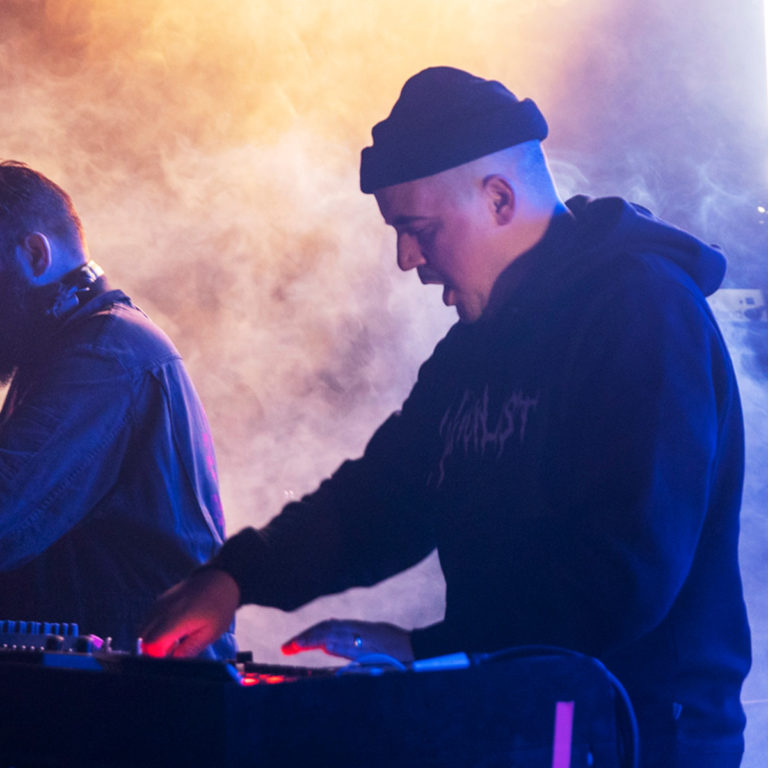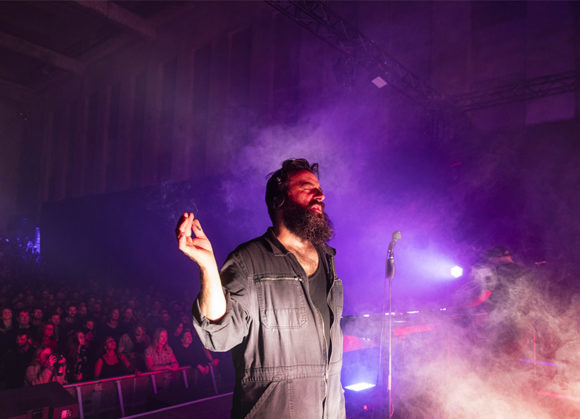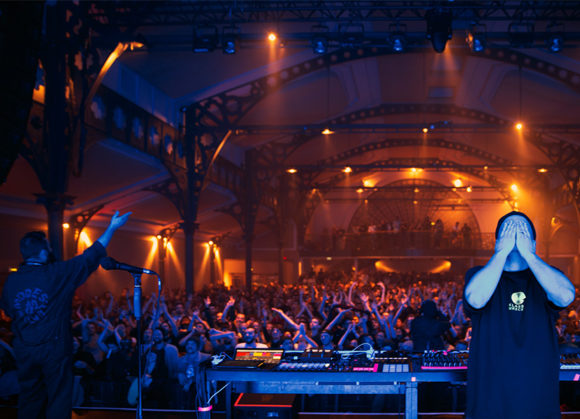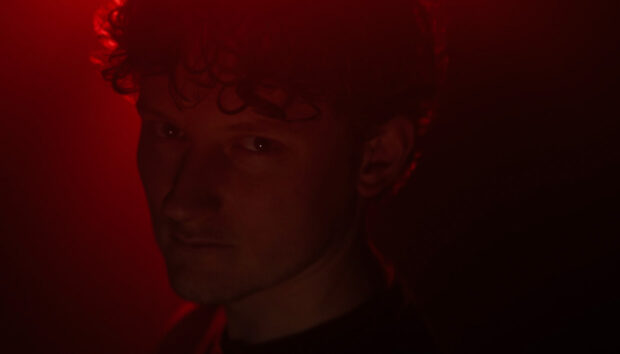Gernot Bronsert and Sebastian Szary a.k.a. Modeselektor have always been a duo of many musical talents, seamlessly combining techno, bass, and grime music with dubstep, IDM, and a good pinch of early punk and hip hop attitude.
Eight years after the critically acclaimed Monkeytown LP, the duo return with the long-awaited follow-up record Who Else. While touring extensively as Modeselektor and as Moderat, their longtime collaborative bond with Apparat, Bronsert and Szary have gained a great deal of experience and knowledge to transform into a perfect live setup.
Being long-time Native Instruments affiliates it was a good opportunity to catch up with the duo to discuss their current live setup, favourite REAKTOR ensembles, and secret studio weapons.
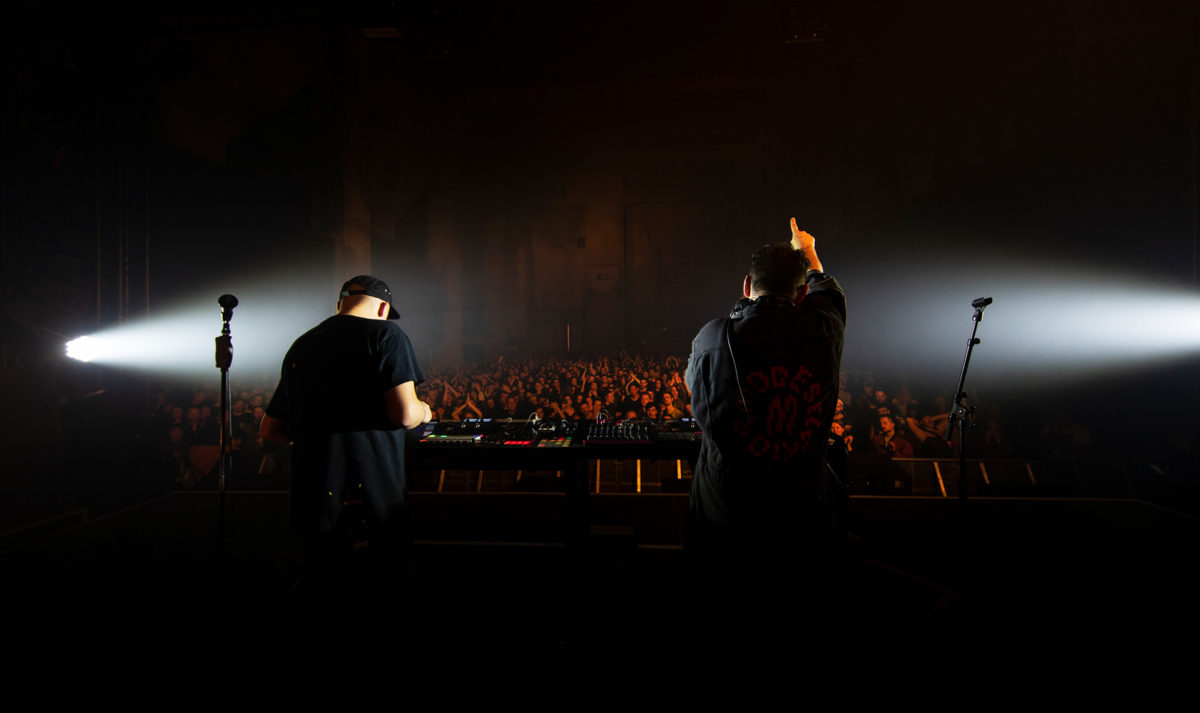
What does your current live setup look like for this album tour?
We have two workstations on two custom made tables placed in one line. The core of the setup is a MacBook Pro 13 with Ableton live, APC40 controller, and a MASCHINE. On the other side, we use a 12-channel analog mixer mic live-synched via MIDI, a KORG monologue, a delay pedal and each table has a MOD Devices – MOD Duo pedal for vocal effects. We have a third workspace on a platform with a little stompbox synth and a TR-909 for techno tracks.
How do you split your individual roles on stage, for instance, is one controlling the drum section and the other one takes care of harmonics and melodies?
Most of the sequences are played from Ableton, some samples and sounds are generated with an MPC and Monologue. Ableton also sends individual sounds to the analogue mixer. These sounds can be then deconstructed with the delay pedal.
You have been using REAKTOR in your live shows quite a lot, does this still play a part in the live setup?
Yes, we are still using Reaktor for live and in the studio. For the live set, we use a reverb ensemble called “Floodverb” by Boscomac.
As modular fans, what makes you decide to opt for modular gear, versus using a REAKTOR patch?
Good question. It depends on the character of the sound you need. For each application, we try on both platforms: Floodverb vs. Erbe-Verb vs. blueSky pedal, for example. When we use a software synthesizer, we mostly go for RAZOR – it is still the best sounding software synth ever.
How do you keep synced with your visuals when playing live, especially during the more improvised parts of your show?
Besides sound and MIDI, there’s a third-data-channel sent from Ableton, it’s called Art-Net. Art-Net sends different data packages like program change or tempo for light/video operator. The light and video content is performed as being a light and video operator.
Do you have a preference when it comes to DJing vs. playing live?
It’s not easy to say what we prefer. At the moment we enjoy playing live because of the full stage setup and the impact. A DJ set is much “simpler” in terms of production costs. Both types of performances have a fun factor. We feel the need for a change from time to time. We’ve played as DJs for about one year and a half to gather ideas on the type of live show we would present next.
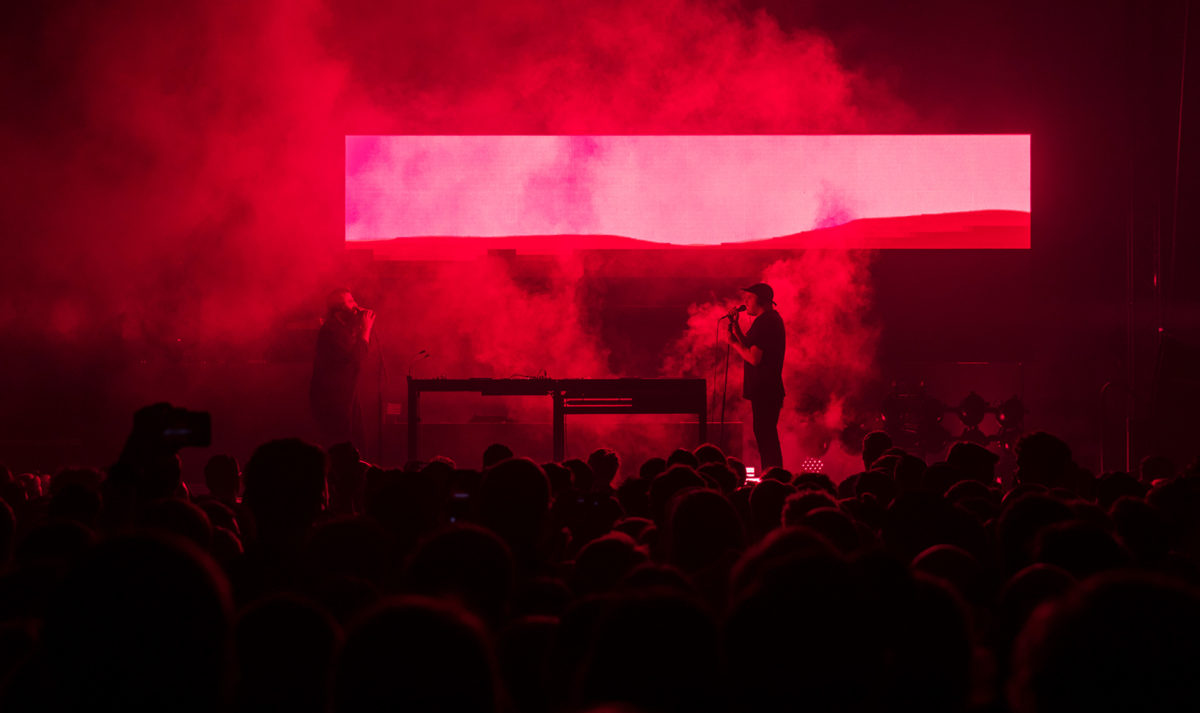
What is your latest gear fetish, are you excited about a particular new gadget you added to your studio lately?
The very latest piece of gear is the Casiotone MT-40 and the little [Korg] Volca Modular.
How much of an influence do you think does a certain piece of gear, software or hardware, have on your sound? Is there a track or even an album in your back catalogue that wouldn’t sound like it does without this one ‘golden tool’?
Let’s talk about RAZOR again. This synthesizer designed by Errorsmith is still a stunning piece. The possibility to create sounds and modulations is quite endless. About 70 percent of our tracks are made using RAZOR. The tracks ‘Evil twin’ and ‘Greenlight go’ wouldn’t sound the same without the vocoder. For ‘WMF love song’, the middle break gives the track its character. ‘Wake me up when it’s over’ is all about the synths and basslines.
photo credits: Birgit Kaulfuss








